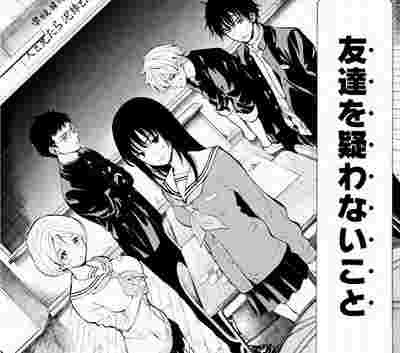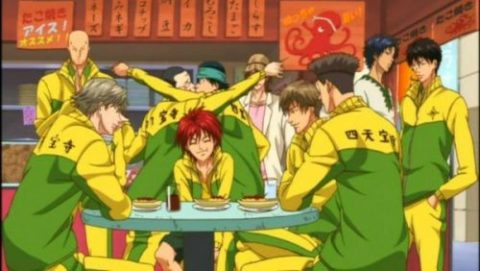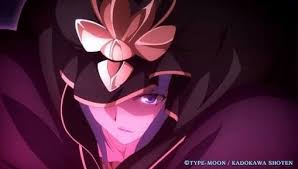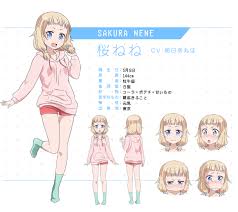"BURN THE WITCH" is a famous new work by Tite Kubo, the creator of the popular manga "BLEACH." A one-shot version was released in 2018, followed by a short serialization in 2020. Starting at the end of 2023, an anime adaptation of the one-shot version will be broadcast and streamed on television and video sites. As a work that has been a hot topic since its initial serialization, it is already attracting attention. Author Tite Kubo is known as a famous Jump manga artist since the serialization of BLEACH, but surprisingly few people know much about him. This time, we'd like to introduce Kubo from various perspectives!
Synopsis

The story is set in London. 72% of deaths in London are related to beings known as dragons. Only residents of the "Reverse London"—the other side of London—can see these dragons. Even among them, only a select few can directly interact with them. The rest of us are unable to even recognize their existence. The protagonists, Ninny Spangcole and Noel Niihashi, are chosen to become "witches" and are tasked with protecting and caring for the dragons.
Kubo Tite's Profile

Kubo Tite was born in 1977 and is originally from Hiroshima Prefecture. The work that inspired him to become a manga artist was "GeGeGe no Kitaro," and he has always loved drawing, including drawing the characters in the series. When he was a third-year high school student, he wrote "manga artist" in a career preference survey before summer vacation, and it was from this time that he firmly decided to become a manga artist. His first manga was published in 1996, and he made his debut as a serialized manga artist in 1999. In 2001, the serialization of "BLEACH" began, and it gained such popularity that it became a flagship work for Jump in the 2000s. It has also become Kubo's signature work, and the work has been adapted into anime, games, and various other media mixes.
Pre-Debut ~ Rookie Days
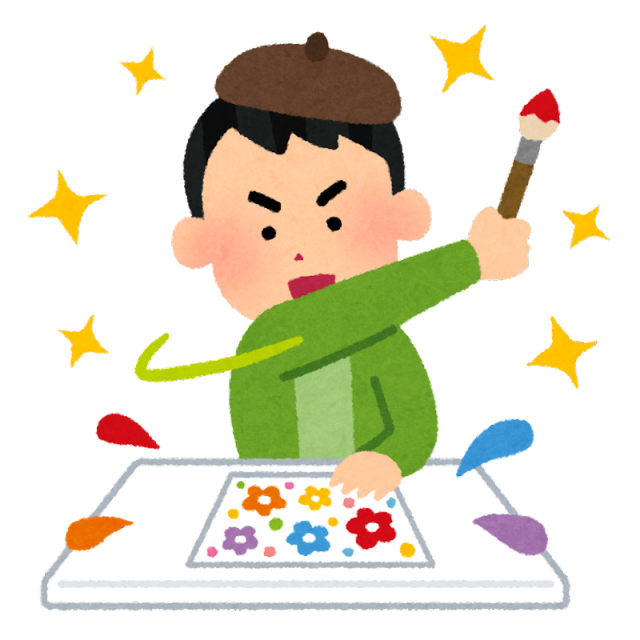
Before his debut, Kubo drew a one-shot manga during the summer vacation of his third year of high school. He submitted it to Weekly Shonen Jump, where it caught the attention of the editorial staff and made it to the final selection. While many works expressed Jump's main themes of "friendship, victory, and hard work," Kubo's work was highly praised for its emotional impact and memorable dialogue. The editorial staff offered him another piece, and the work he submitted after graduating from high school was published in "Weekly Shonen Jump Summer Special," marking his debut as a manga artist. After that, he published two one-shot stories and took a break from writing for a while, but with the support of his editorial department, he began serializing "ZOMBIE POWDER." This work was Kubo's first serialized work. With the start of the series, he adopted the pen name "Tite Kubo," a name he would continue to use.
BLEACH Serialization Begins
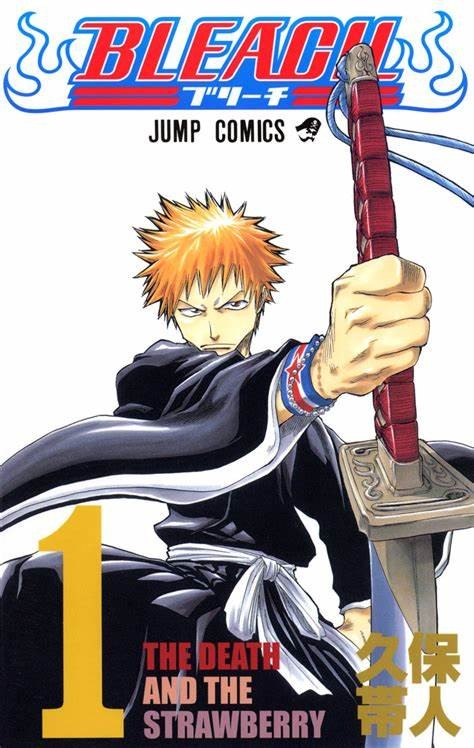
A one-shot story of the same name as BLEACH was published in Akamaru Jump, and it was later serialized in Weekly Shonen Jump. It became a huge hit, serialized for 15 years from 2001 to 2016. It became known as Jump's flagship work, appearing on the cover and in color for two consecutive weeks, and taking on 19 full-color pages at the beginning of the issue. As the final chapter approached, teasers began publishing teasers hinting at the remaining chapters. While fans felt sad, they likely read the series with excitement, wondering how the final chapter would unfold. Its popularity extends beyond Japan, and it has also been highly praised overseas. Kubo himself has traveled to the United States and Germany for events, interacting with fans in San Diego and Leipzig. After the serialization of BLEACH ended, he posted comics expressing his gratitude on social media and worked on character design for games. Due to fatigue from the long serialization, he sometimes withdrew from participating in overseas events. In 2017, he gave a lecture to junior high school students in his hometown of Hiroshima Prefecture, and was appointed a PR ambassador by Fuchu Town, where the lecture was held.
About His Style
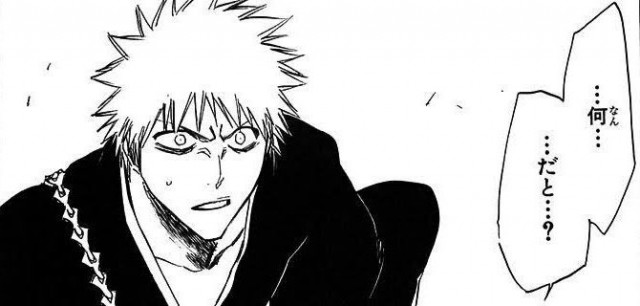
Kubo cites "diversity and balance" as key elements when drawing manga. While the world of BLEACH has a Japanese feel, Kubo says the key is to blend Western elements into the Japanese aesthetic. He also often draws inspiration from music when imagining characters, and has a "theme song" for each character. Furthermore, he believes that the BLEACH series itself has elements of rock. The opening pages of Kubo's tankobon volumes feature poems inspired by the cover character's feelings, which Gege Akutami, the well-known author of Jujutsu Kaisen, described as "opening songs." This term was later adopted and put into use.
The "What Not to Draw" Style
Bleach's protagonist, Ichigo Kurosaki, had black as his signature color, so Kubo focused on using white to make Ichigo stand out in the story. By using white effectively, the black really stood out. As the series continued, Kubo began to think more about what not to draw than what to draw. For example, behind a character, it's common to draw a building or a background like the sea or sky. However, Kubo felt that something could be created by leaving nothing behind and leaving it white. While the character's expressions and actions are of course important, he believed that the empty spaces could bring out the story's appeal and add excitement. While a background is essential to reveal where the characters are, the absence of a background creates a buildup that enhances the next panel or scene.
Dialogue Approach

Dialogue is also expressed with the same approach as background, with an emphasis on cutting it down as much as possible. Detailed explanations are avoided and kept to a minimum. This style captivates the reader by allowing them to enjoy the rest of the story through their imagination. When crafting dialogue, Kubo places great importance on whether it sounds beautiful when spoken aloud. He strives to create sounds, not just words, and believes that beautiful sounds are closer to lyrics. If the dialogue feels similar to lyrics, it's more memorable. Kubo uses music as a reference when imagining characters and includes opening poems. Music is an essential part of her writing.
Kubo's Hobbies
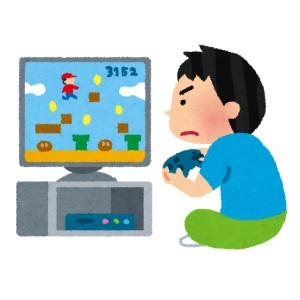
Kubo is known for his hobbies of music and games. He frequently comments on social media about his favorite music. He favors Scandinavian metal and Bon Jovi, eventually moving on to punk. He has said that the lyrics of the American rock band Bad Religion influenced the dialogue in BLEACH. He also said that he was heavily influenced by music videos directed by British filmmaker Chris Cunningham. He is also known for his love of games, and even when he was busy with serialization, he would finish work early to make time to play games. He lists "Animal Crossing" as his favorite game. He says that while he enjoys drawing games with explicit content, he's not particularly good at looking at them.
Summary of Kubo Tite
Kubo Tite, the manga artist behind Jump's flagship works, is known for his ingenious use of expression to entertain his readers. Some of you may be feeling like rereading Bleach. Burn the Witch is also a work filled with Kubo's ingenuity, so why not check out the original manga before the anime airs? That's all for today. Thank you for reading.

